Phyllodes From Acacia Acuminata
$80.00 – $260.00Price range: $80.00 through $260.00
Phyllodes from Acacia Acuminata Narrow Phyllode type tree
Phyllodes From Acacia Acuminata for sale
Acacia Acuminate is a sturdy tree that works well on a free-draining soil. It can handle salt, drought, and even frost, as much as it prefers full sun. Like almost other Acacia species, Acacia Acuminate is a nitrogen fixer. It effectively extracts nitrogen from the air and adds it to the soil around its roots. This process helps in the provision of food for plants surrounding it, such as Quandong and Sandalwood.
Acacia Acuminata is drought resistant and frost tolerant since it is a semi-arid plant. It is moderately salt-tolerant and requires at least 250mm per year average rainfall. Mungats require warm temperature climates with mainly winter rainfall. Acacia Acuminata grows on seasonally dry soil through a coppicing ability. They do well in areas where the temperatures are within 17 to 28 degrees, but can still tolerate 6 to 38 degrees Celsius. These plants can survive to the temperatures of up to below five degrees when dormant, though young plants can be severely be damaged at temperatures below one degree.
Uses of Phyllodes From Acacia Acuminata
Wood products. Acacia Acuminata, has a hard and long-lasting wood that is very attractive, reddish, and well grained. It is used extensively for fences posts, ornamental articles, as well as high load applications such as sheave blocks.
Nutritional. Like any other seeds, its seeds are considered nutritional and can be eaten and can well be ground into a powder then used as a flavouring agent in desserts, or as nutritious supplements to bread and pastries. Traditionally, the seeds could be ground into a powder then cooked. Acacia seeds are filled with nutrients that contain about 26% of protein, 26% of carbohydrate, 32% of fiber, and nine percent fat. Unlike most legumes, the fat content is much higher, while the aril produces the fatty acids present. These acids are highly saturated. The seeds are an essential part of the production of high quality, caffeine-free coffee-like beverages.
All acacia species contain greater or lesser quantities of tannins from their barks and are astringent. Astringents are used medicinally to treat internal illnesses such as diarrhea and dysentery and are very helpful in cases of internal wounds and bleeding. They can be applied externally, often as a wash, to treat wounds and some skin problems, hemorrhoids, sweating feet, eye problems, mouth wash, and many other uses. Acacia trees also produce different quantities of gum from the trunks and the stem. These gums can be a vital ingredient in curing diarrhea and hemorrhoids.
| Quantity | 250g, 500g, 1kg |
|---|
1 review for Phyllodes From Acacia Acuminata
Add a review Cancel reply
Related products
ACACIA CONFUSA ROOT BARK
ACACIA CONFUSA ROOT BARK
ACACIA CONFUSA ROOT BARK
ACACIA CONFUSA ROOT BARK
ACACIA CONFUSA ROOT BARK
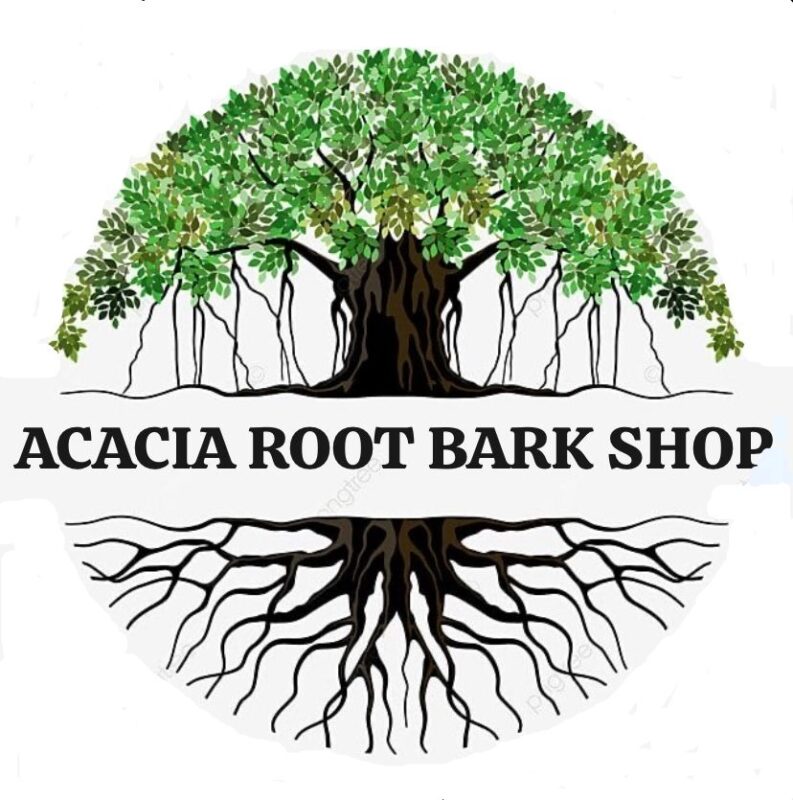

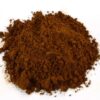

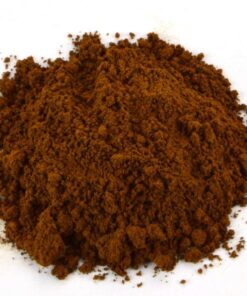


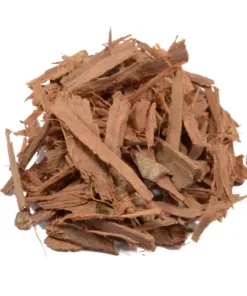
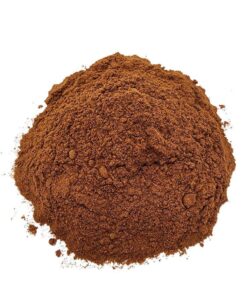
John –
My favourite 😻, when we talk about acacia,😂😅